Rothenburg ob der Tauber
< Start at the beginning of this series: Grand European River Cruise
Welcome to Wurzburg, Germany!
Rather than join the crowd in the dining room every morning, Jim and I usually enjoyed a lighter breakfast on the Aquavit Terrace of the Skadi. There we could scope out our surroundings with less chit chat and ease into our busy days. Since our tour didn’t leave until 10am this morning, I was granted some much-needed alone time and I enjoyed some wonderful views as I relaxed in the quiet.
Pictured below is the Marienberg Fortress – a major landmark in Wurzburg. This mighty fortress served as a “starter castle” for the local prince-bishops for nearly five centuries. You’ll see the upgrade later on in this blog.
Although Wurzburg was our port-of-call, today we spent most of our eight-hour excursion at Rothenburg ob der Tauber – the Red Fortress above the Tauber (River). Today was a great way to get an overview of this fascinating town, but it left me longing for more time to explore and immerse ourselves in its culture.
“The best preserved medieval town in Germany, Rothenburg ob der Tauber fits the word romantic perfectly… The whole walled town of Rothenburg is a museum. The wall connects five medieval gates complete with guard towers that date from the thirteenth to sixteenth centuries. Just walk along Rothenburg’s narrow cobblestone streets and admire the gothic, renaissance, and baroque houses and fountains. You may wish that you had lived in these prettier, quieter, slow times. A visit to the Rothenburg Crime Museum, with its extensive display of instruments of torture and execution should bring you back to reality.” – READ MORE
The stairs in the photo below – as well as more at each tower – lead to the top of the wall where you can walk all the way around Rothenburg via the wall that encircles it. Although we didn’t partake on this almost three-mile trek, doing so would offer a birds-eye view of the architecture of the middle ages – and more exercise.
Flowers adorn Rothenburg’s neat and tidy streets and balconies, and the occasional tower and many intricate metalwork signs add to its interest. Its cobblestone streets are wide and in good repair, so our feet weren’t of concern with so much else to look at. Vines growing up the sides of colorful houses were icing on the cake. What a wonderful day, and we’re barely inside the fortress walls!
The massive rock walls surrounding the town may keep out the enemy, but the ones inside the town – along with their archways – make perfect structures to hold beautiful gates and heavy wooden doors, or plates for inscriptions. Ancient stone wells, sculptures and fountains are plentiful as well.
St. Jacob’s Church was built during the height of the Gothic era and took more than 150 years to complete. Although we didn’t go inside for a tour, if you’d like to see some photos click here.
A little shopping, another archway through which to walk – and the characteristic half-timbered houses that are beautiful, and everywhere in Germany. I just love them!
Herrngasse was once the favorite residential street of town nobility, and is now colorful and lined with shops and restaurants. We finally found a few souvenirs to take home at the pinkish shop (second from left in second photo below).
Käthe Wohlfahrt’s Christmas Village is open year round and offers more than fifty thousand Christmas items – nutcrackers, ornaments and Christmas pyramids – as well as cuckoo clocks and almost any German gift you may have in mind. With my love of nutcrackers and Jim’s interest in a beer stein, we entered this storefront with great expectations and we weren’t disappointed. We had our purchases mailed directly back home, making that stop quick and easy.
We continue our walk to the Market Square (Marktplatz) and the City Councillors’ Tavern (Ratstrinkstube), which is the whitish building with the fabulous red clock.
“The gable of Ratstrinkstube adorns the big town clock dating from 1683 with a date display and a sundial mounted in 1768 and the famous imperial city crest. Once only councilors were allowed to operate, but now the Rothenburg tourist service is now in the building and is the first stop for anyone visiting the city. Also noteworthy is the astronomical clock on the facade of the building, which represents the legendary Master Draught of 1631 through to 1910. She opens her shutters from 10-22 every hour and shows the famous scene, whereby the former mayor Nusch at the command of Count Tilly drank a 3.25-liter tankard with delicious Franconian wine in one gulp and thus Rothenburg was saved from destruction by the Catholic troops.” – MORE POINTS OF INTEREST
Since its origin, Marktplatz was considered the center of town – with a weekly market and a meeting point for the locals. Rothenburg Town Hall (below) and the City Councillors’ Tavern (above) dominate the square and the steps of the town hall provide a nice pausing point to rest for a bit and take it all in.
The Town Hall consists of two parts and three architectural styles, which blend beautifully. The white portion was originally a Gothic Doppelbau (double-building) built around 1250. Only the slender, almost 200-foot tall bell tower and its Imperial Hall survived when the rest was destroyed by a fire in 1501. You can climb to the top for a great view of Rothenburg. The most dominating part of the building – with its Renaissance facade – was added in the 1570s. With the help of the oriel windows (turret) and a few other tweaks, the architect joined the two buildings together pretty harmoniously. The Baroque archway, which provides cover and also a foundation for the patio with lovely flowers up top, was added in 1681.
We had the option to check out the Medieval Crime Museum (pictured below). I can imagine it would have been interesting, with a “unique and comprehensive insight into 1000 years of legal history” – including numerous “instruments of torture, execution, masks of disgrace and throat vices.” One would wonder about the rehabilitation percentages with such devices – or I guess I should say – the survival rates. We chose instead to continue our walk along this beautiful street called the Burggasse.
The views from this walled community were absolutely breathtaking. Lush green vegetation “softened” the walls on this end of the town.
And the beauty continues.
Ah, it’s finally lunch time! A person gets a little hungry when we’re doing a LOT of walking and we’re used to being fed regularly! Today we joined our shipmates who were also on this excursion at Gasthof Glocke for some lunch and (of course) beer. We had a wonderful conversation with a couple that we hadn’t met yet, so it was pleasant indeed!
“Our Glocke has been documented as early as 1227 as the “St. John the Baptist Hospital.” Later it became a hostel and inn, and in 1978, a hotel. It retained its name Glocke (German for bell) from the hospital bell.
Our family has been caring for the well-being of local and traveling regular guests since 1898. Our kitchen is of the very best quality, and our cellar is a showcase of Franconian wine. Crafty décor characterizes our comfortable spaces.” – READ MORE
After our lunch, we shared cameras with strangers and traded photos standing at this picturesque (and very popular) place.
“The Little Square is a fork in the road and a former fish emporium overlooking Sieberstor and Kobolzellertor in Rothenburg ob der Tauber. Because of its beauty and romance, it is one of the best places for postcard designs and pictures. Surrounded by half-timbered houses and overlooking the White Tower it is a wonderful nostalgic experience in this delightful ensemble. The word originates from the Latin Plönlein of “planum”, which means “flat place”. Both gate towers were built in the first expansion of the city in 1204. The Kobolzeller Tower [on the right down the hill] secured the entrance to the city from the Tauber Valley. The Siebers tower [left] which was reinforced with rough quarried stone formed the southern portal to the 14th Century, and the hospital district was included in the city’s fortifications.” – MORE POINTS OF INTEREST
The photos below show the fortified Spital Bastion – Rothenburg’s mightiest and most modern defensive wall.
“The Spital Bastion fortification (circa 1586) features a unique figure eight design with two courtyards. The courtyards, various gates, walkways and adjacent moat are well worth exploring. The inscription over the main gate translates to: Peace to those who enter, farewell to those who leave.” – READ MORE
After a wonderful day behind the wall, we head back to Würzburg for our tour of the Bishops’ Residenz – the upgrade I was referring to in the breakfast photo at the start of this post. When the prince-bishop got tired of the palace in that photo, he built this one. Our tour information describes this Residenz as “one of Germany’s largest and most ornate baroque palaces”.
We were able to go inside but not take photos, so check the link above if you’re interested. As we entered this enormous palace, we were impressed by the grand staircase and the hand-painted frescoes on the walls and ceilings. We oohed and aahed at the gold leaf accents at each turn, but as we continued on our tour, each room got more and more ornate. And more and more gaudy. I think he was compensating for something, but at the very least he was showing off his wealth – which seems to be a common theme of this timeline.
This was a turning point for me, where the wealth of the prince-bishops (before the separation of church and state) was on display so garishly, while the folks he was “ruling” were poor and in some cases – starving. I guess not much has changed when it comes to abuse of power, but I can’t dwell on that when I have a tour to finish up.
Although most of our group went back to our bus, a guide at the door told me I shouldn’t miss the gardens in the back. Again, the front was for carriages and now a parking lot, the inside was overdone and quite garish – but the back is where the beauty lies. For some history of how this fabulous garden came to be, visit the Court Garden.
What an absolutely fantastic day – probably one of my favorites so far on the trip. Do I say that after every post?
Next up: Wertheim, Germany
Happy trails,
Barb

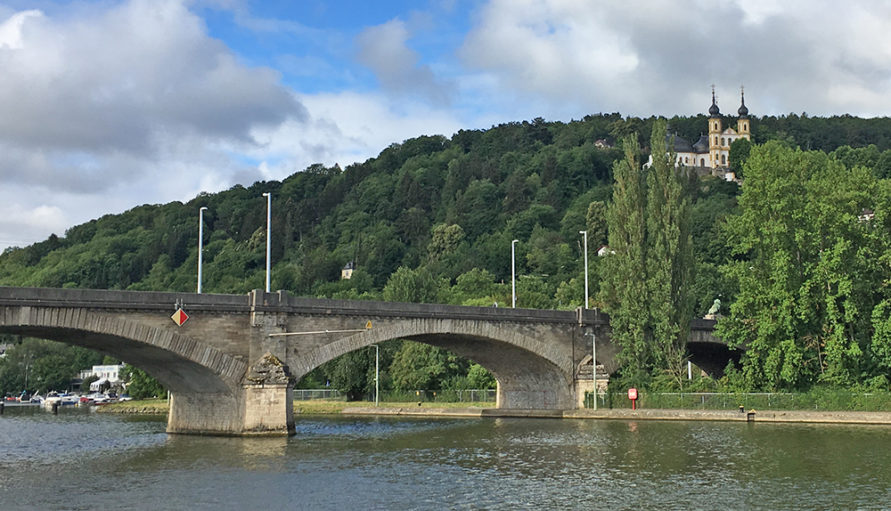
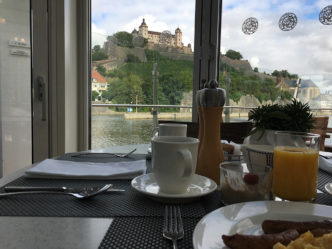
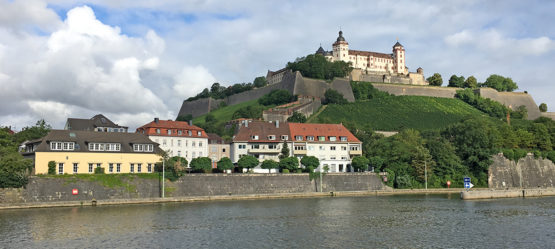
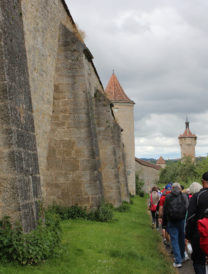

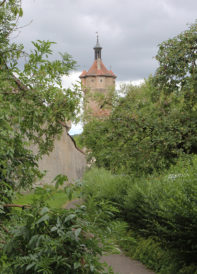


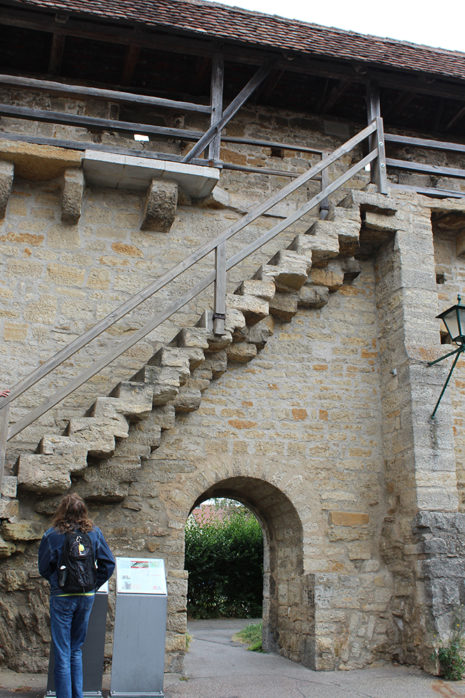

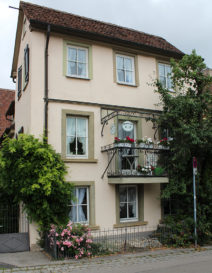
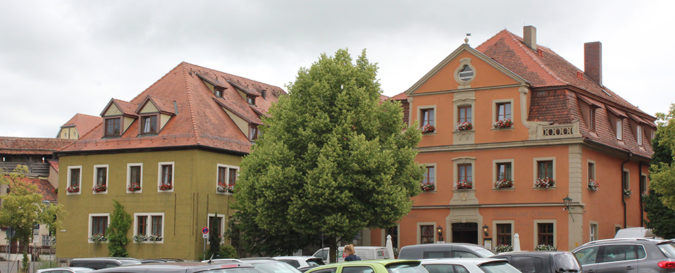

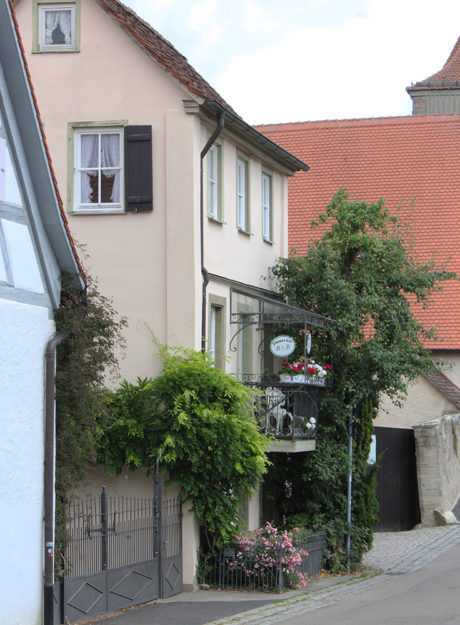



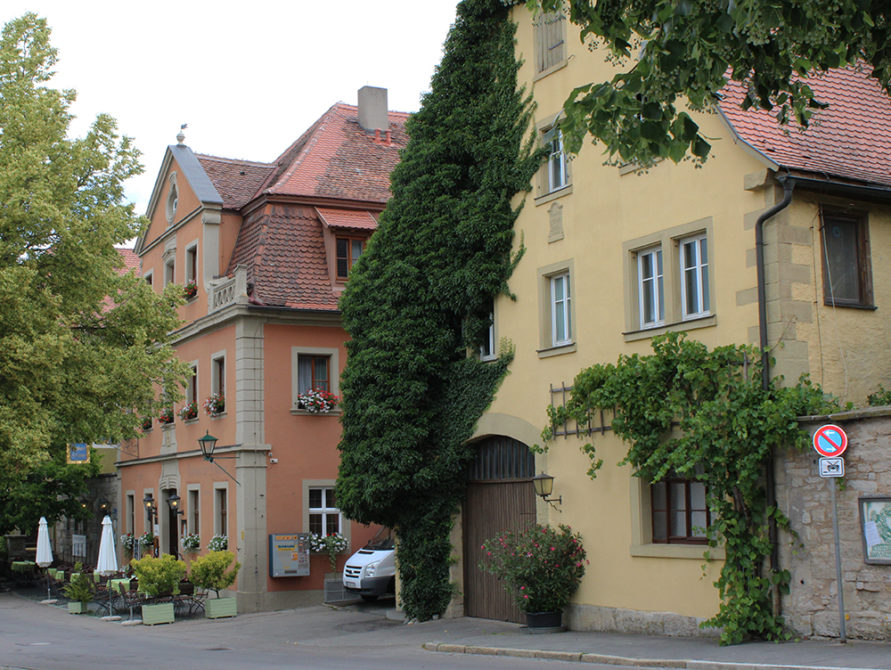
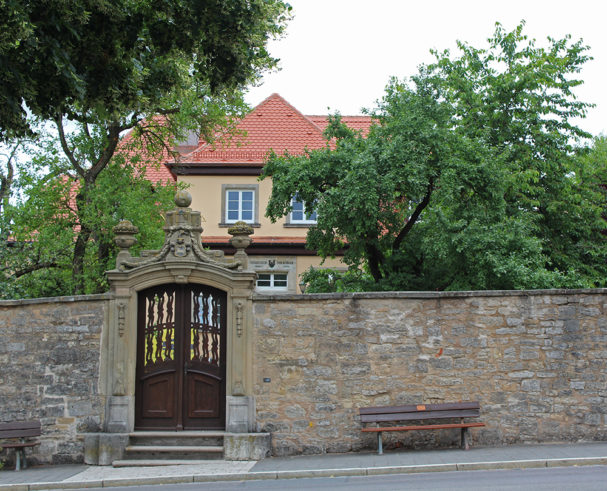
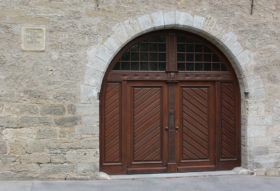
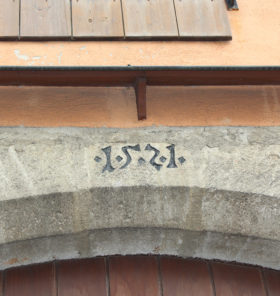
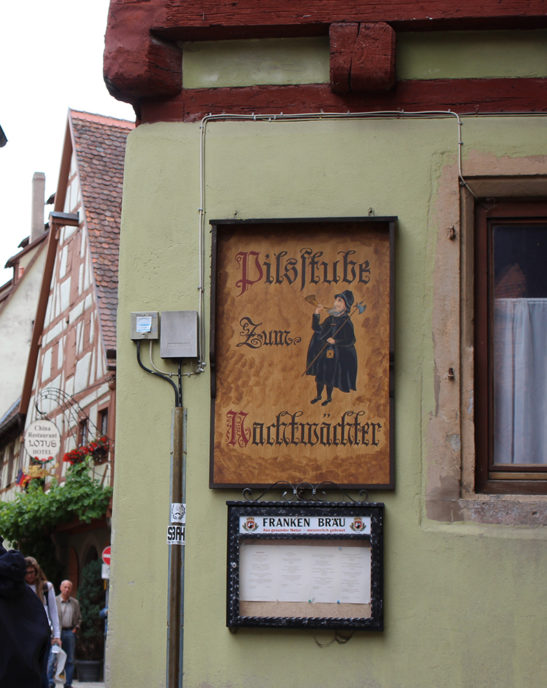
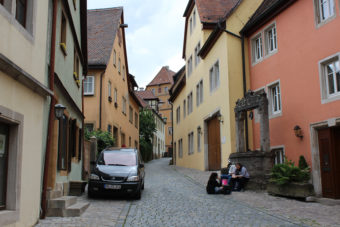

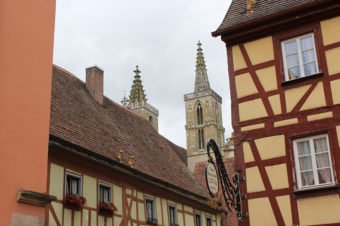
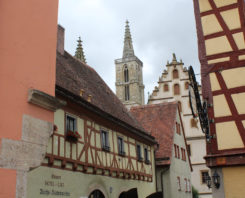
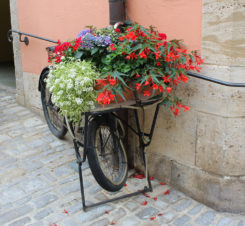
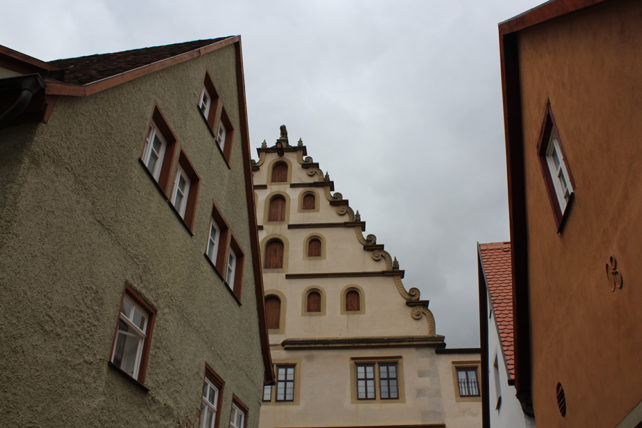
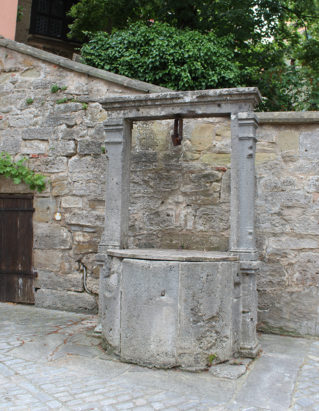
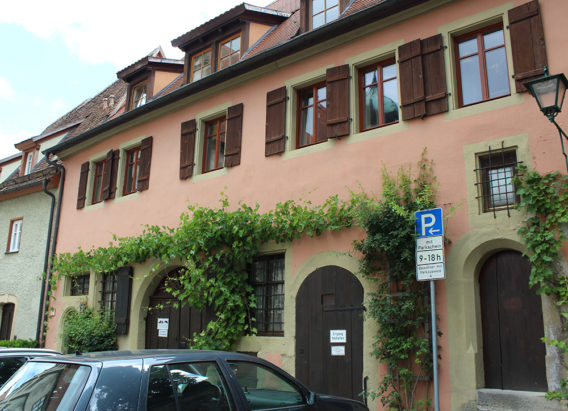
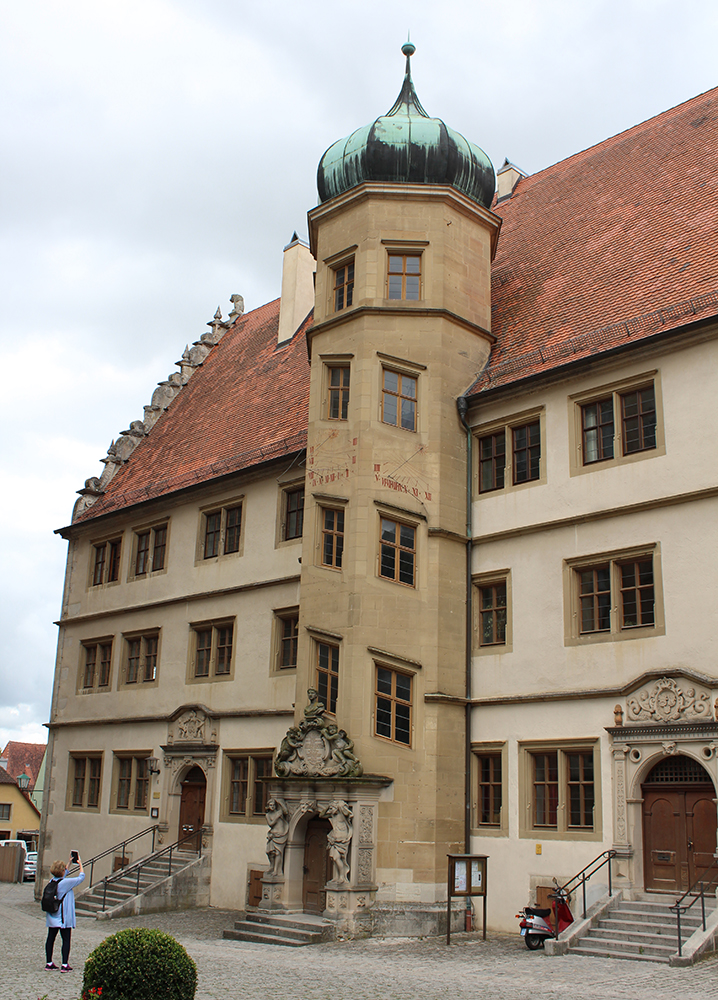
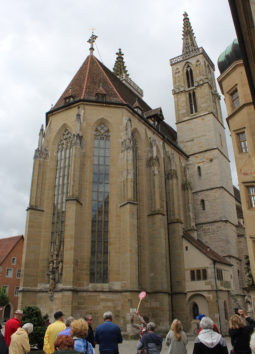

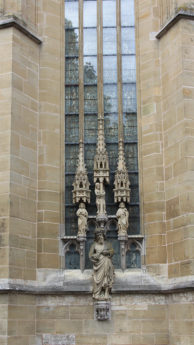
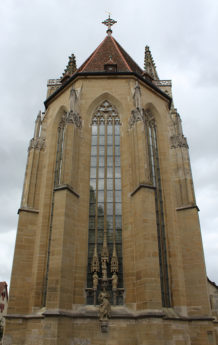
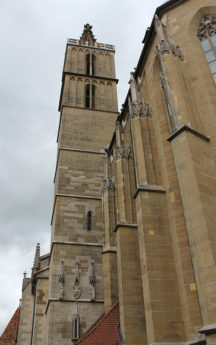
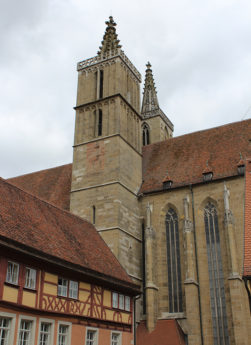
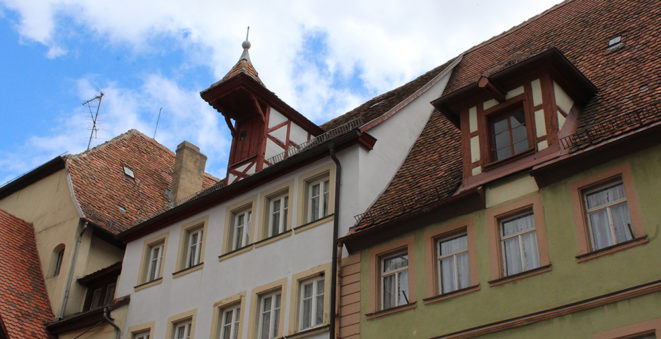

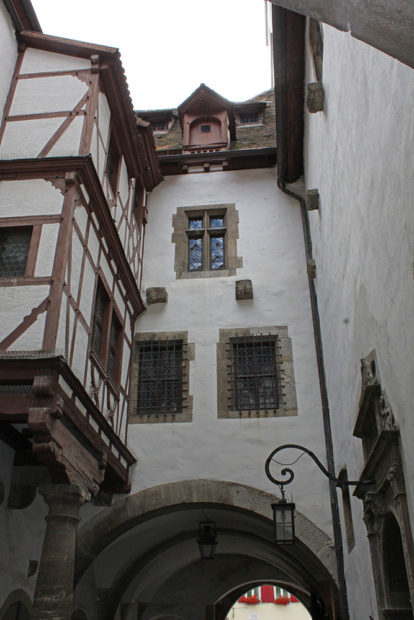
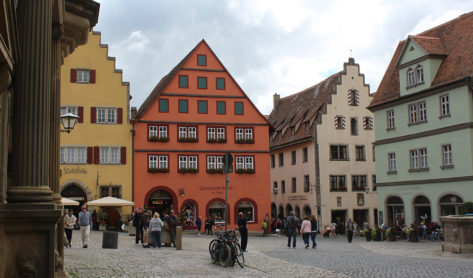
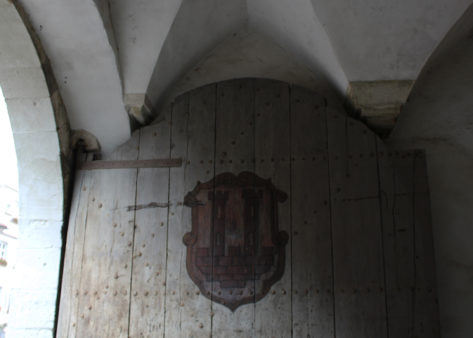

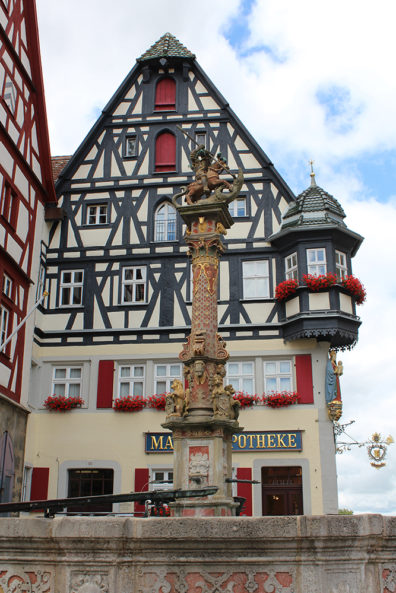
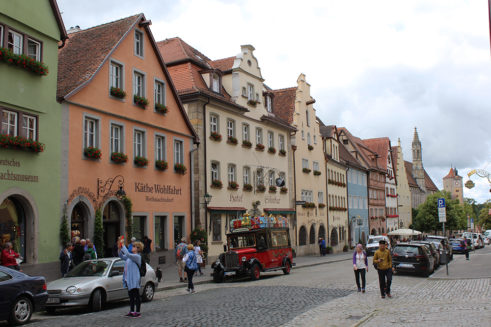



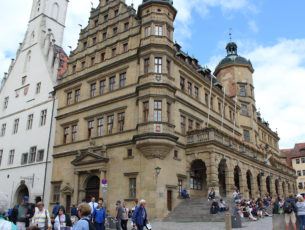

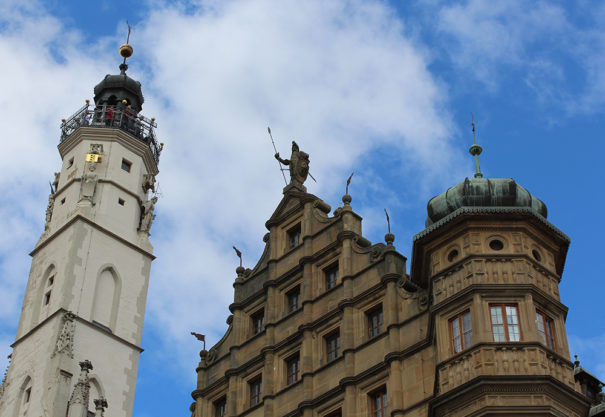
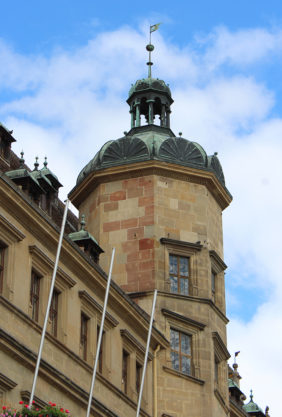
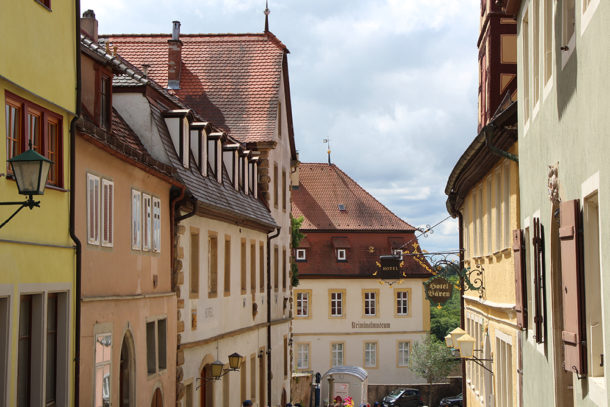
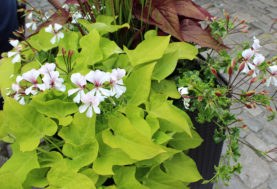

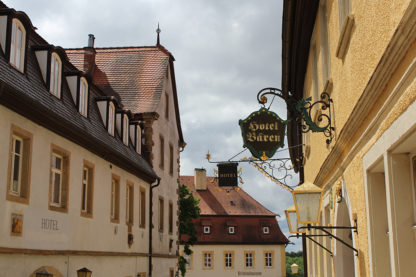
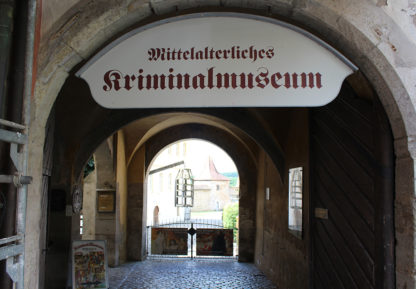

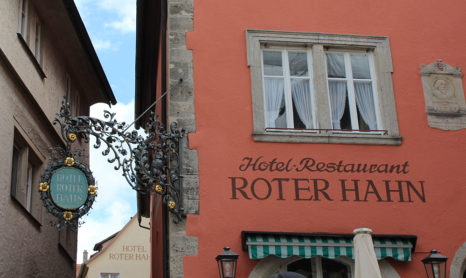
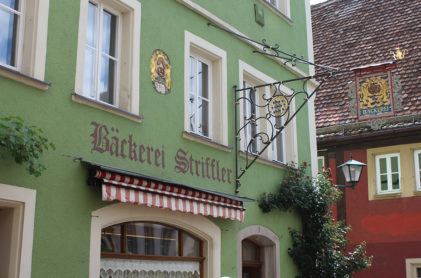
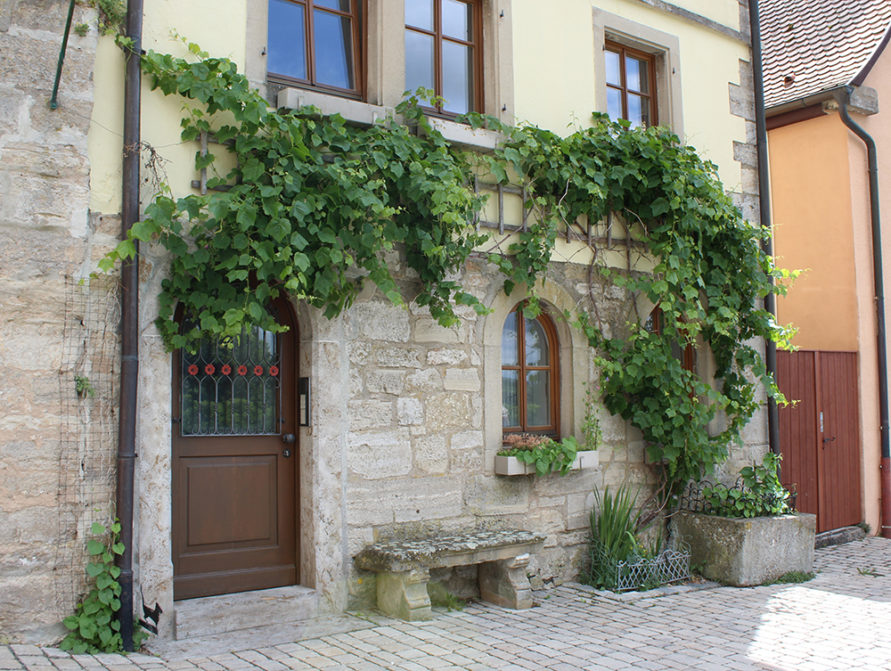
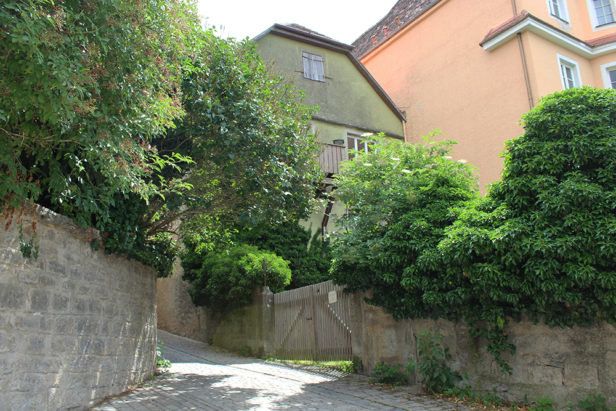

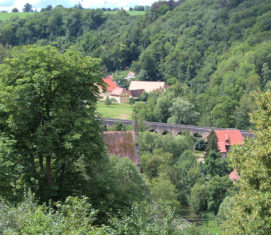
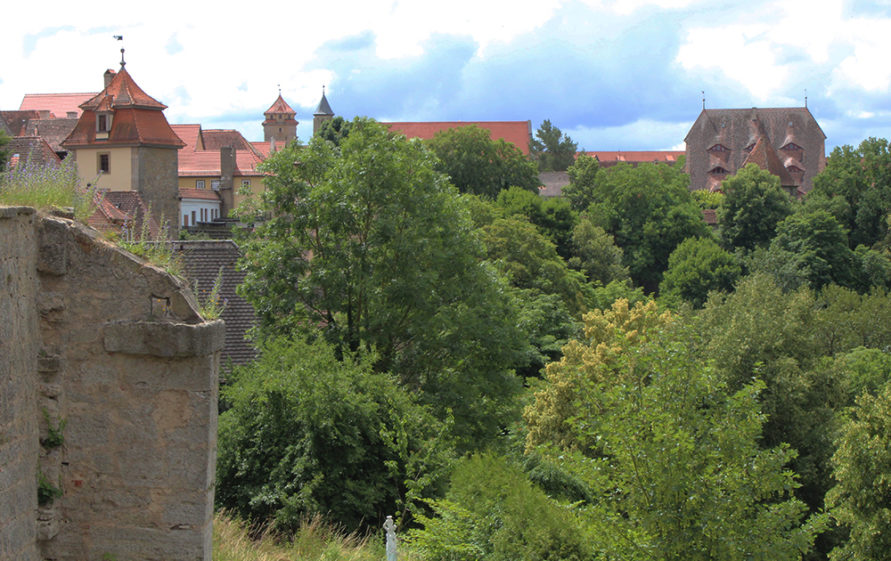
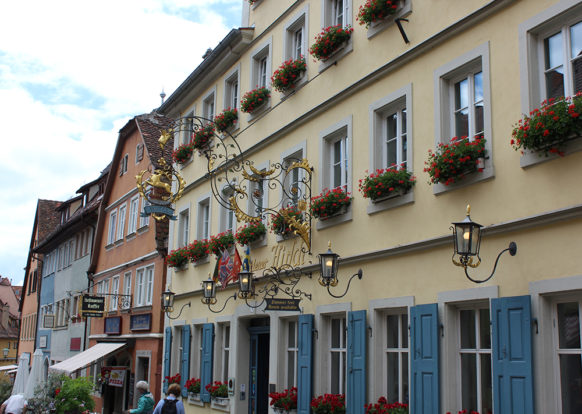
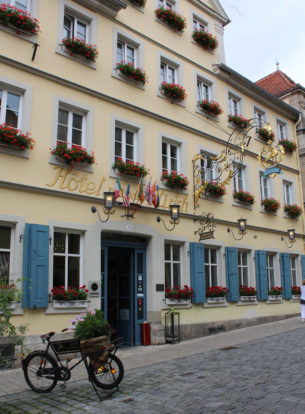
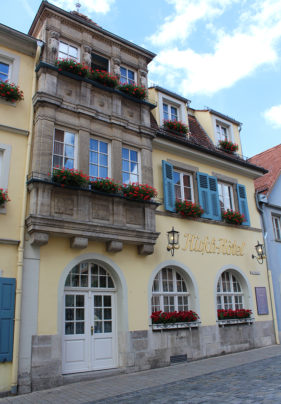
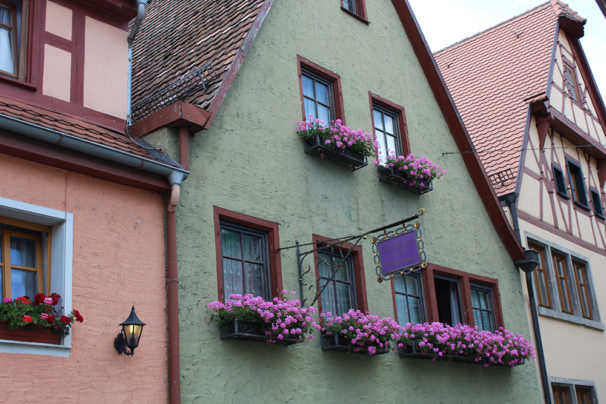

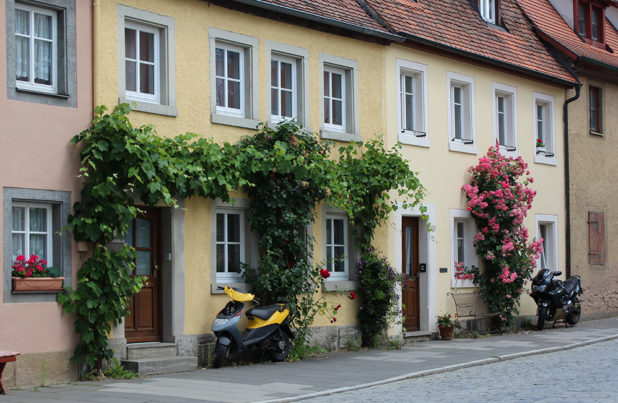
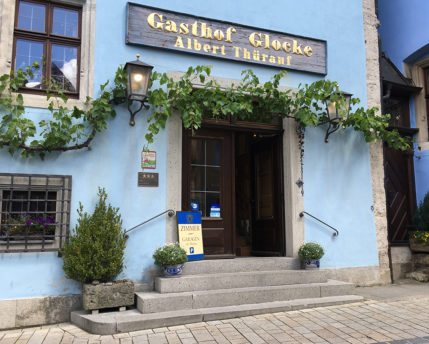
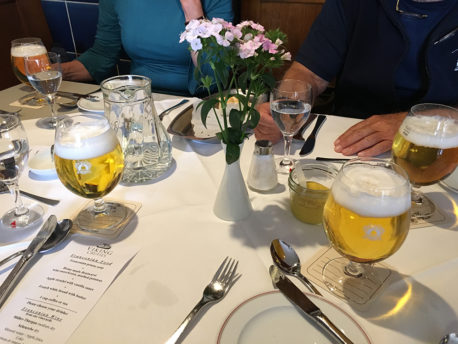
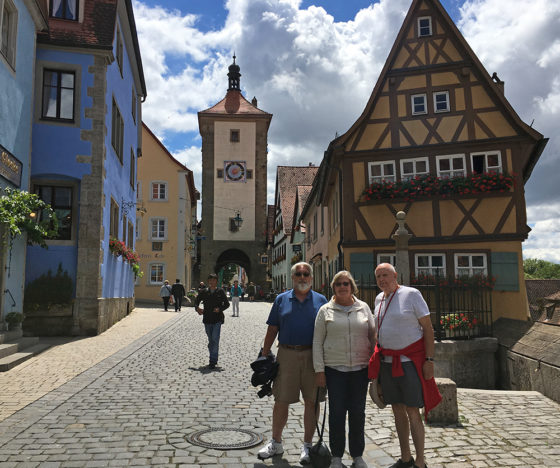
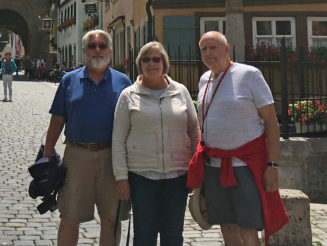
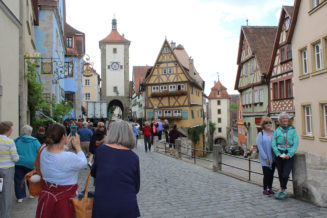
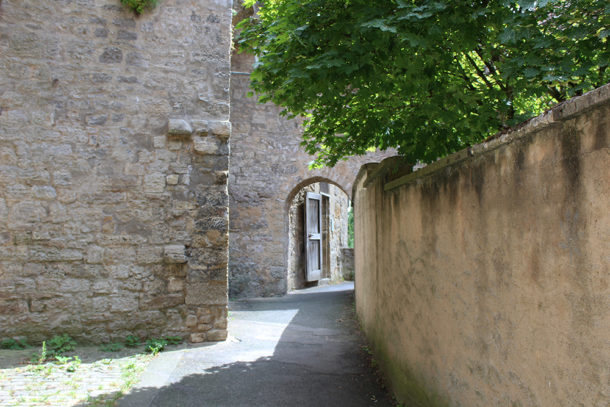
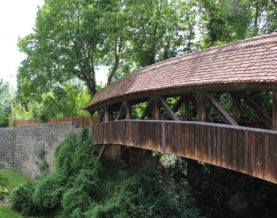
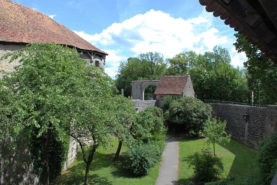
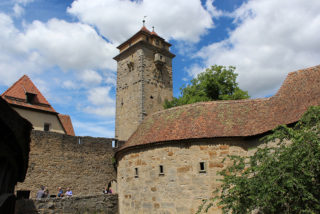

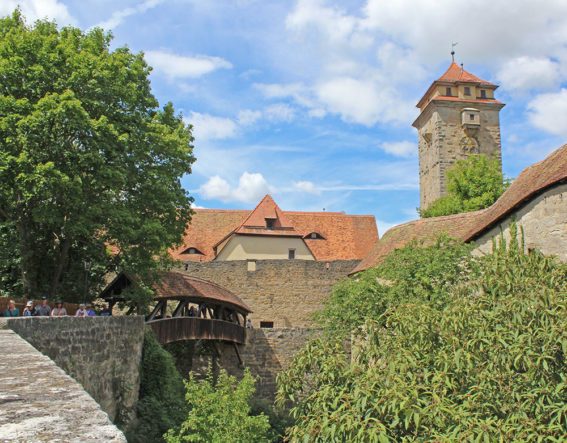
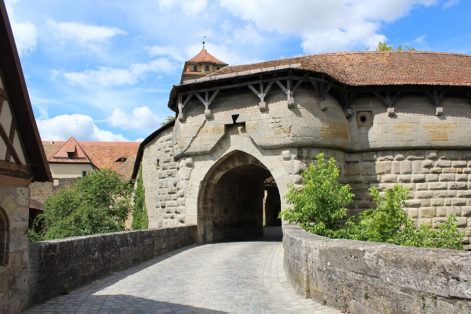


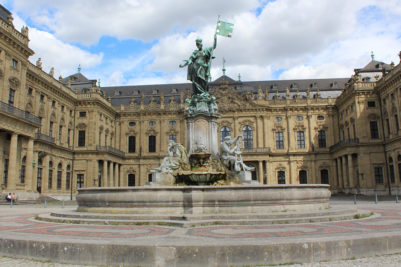
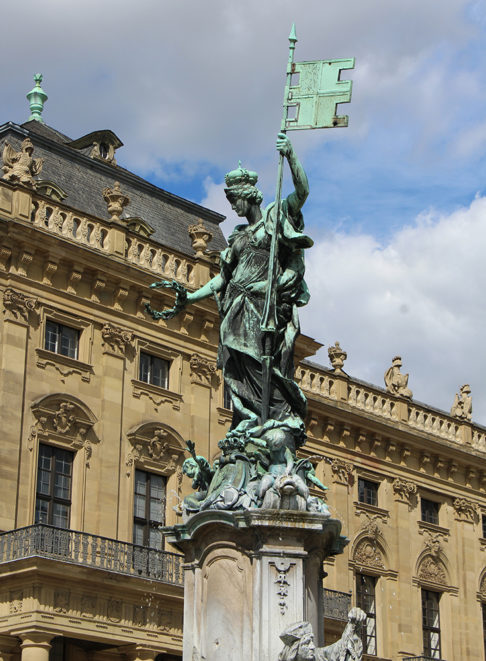
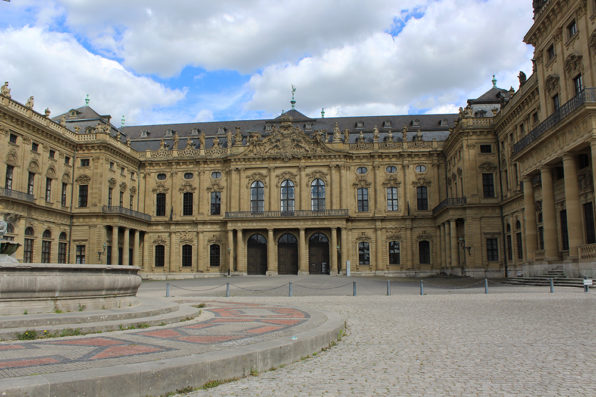
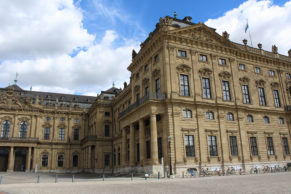


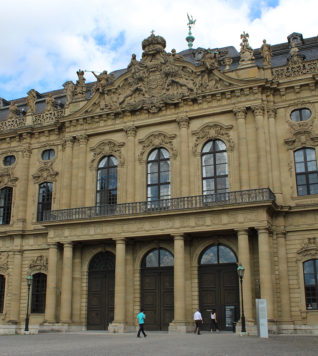
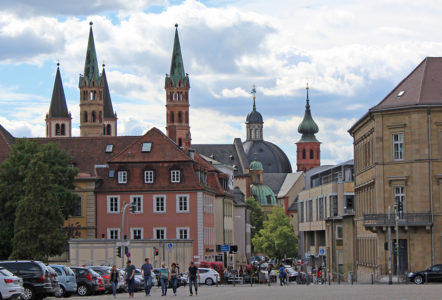
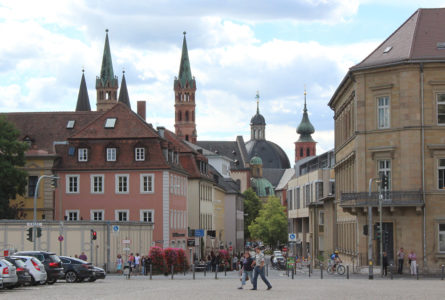

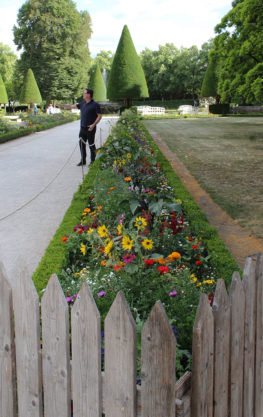


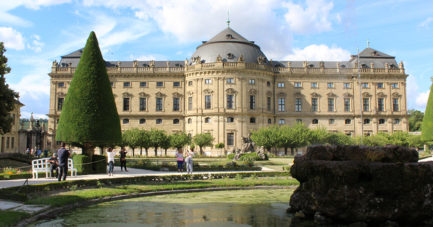
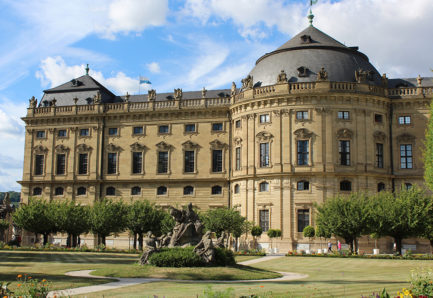
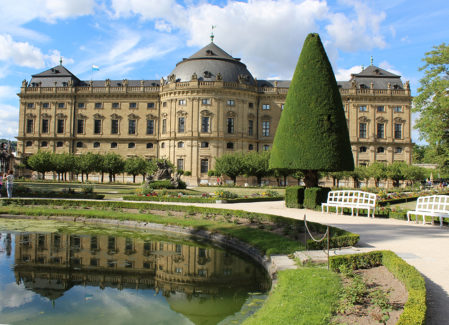


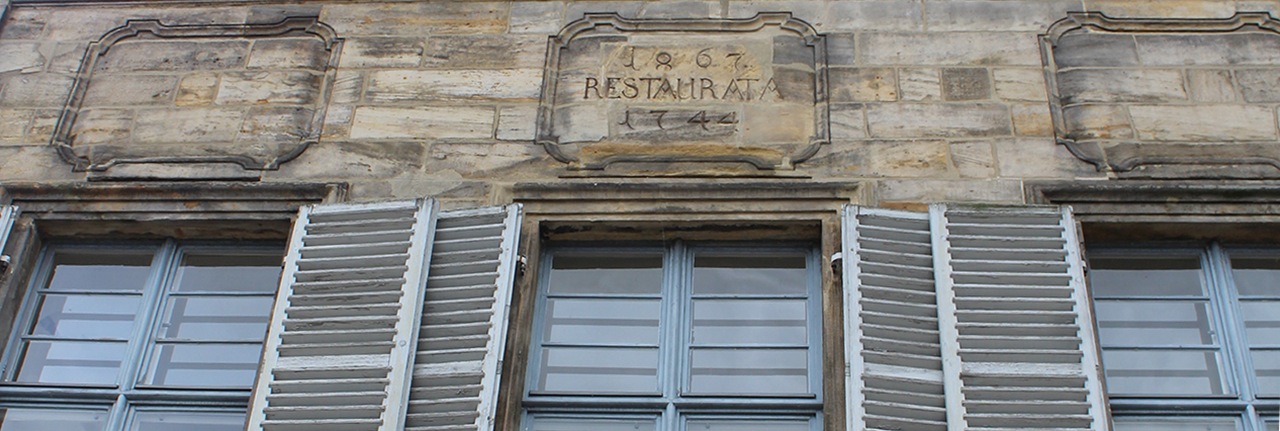




Thanks Joanne. It was a trip to remember that’s for sure!
I love all of your pictures and look forward to seeing the next ones.